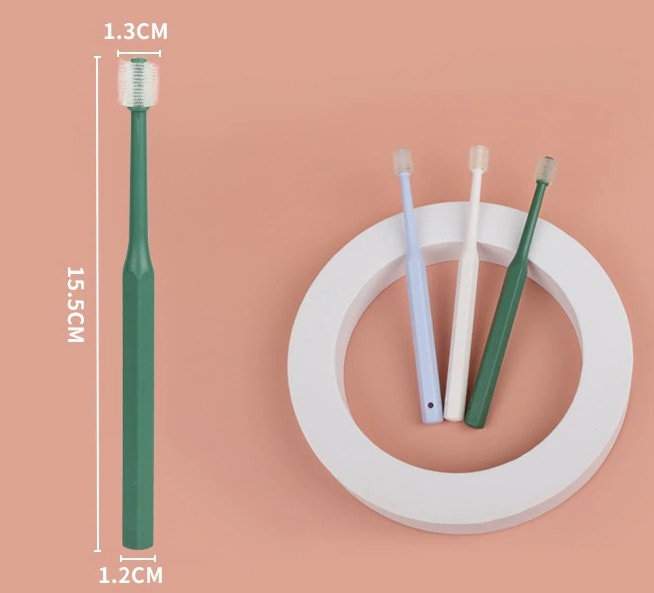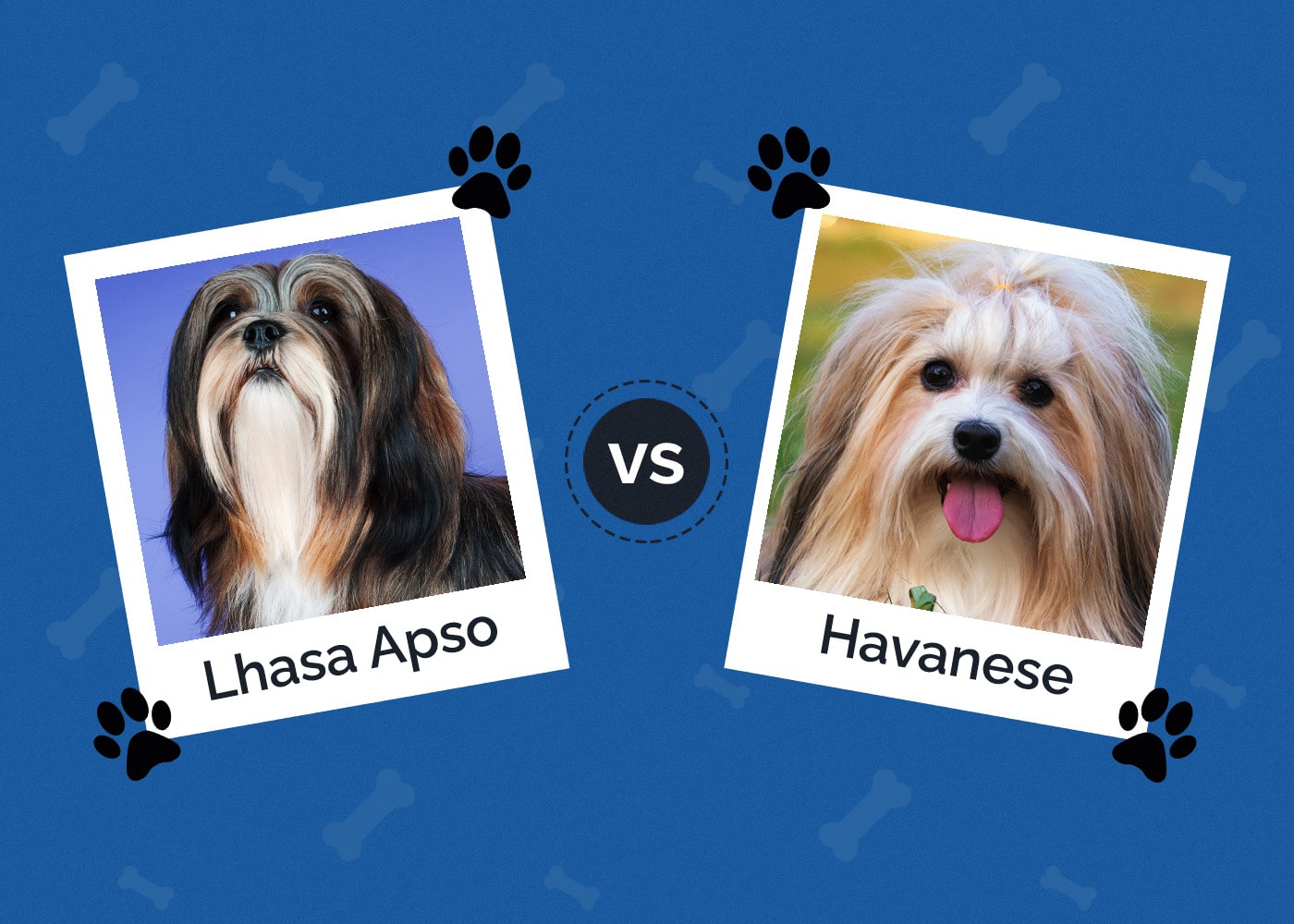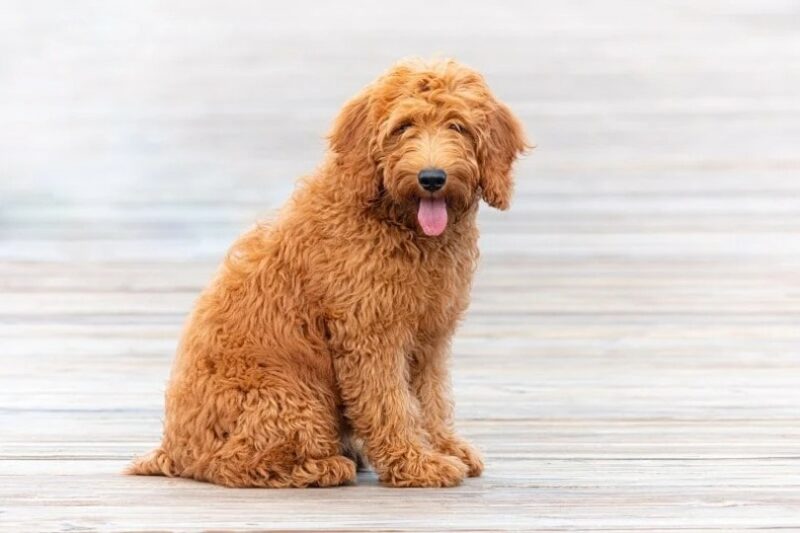Do Corgis Need Haircuts? The Surprising Answer!
By Ashley Bates
Updated on
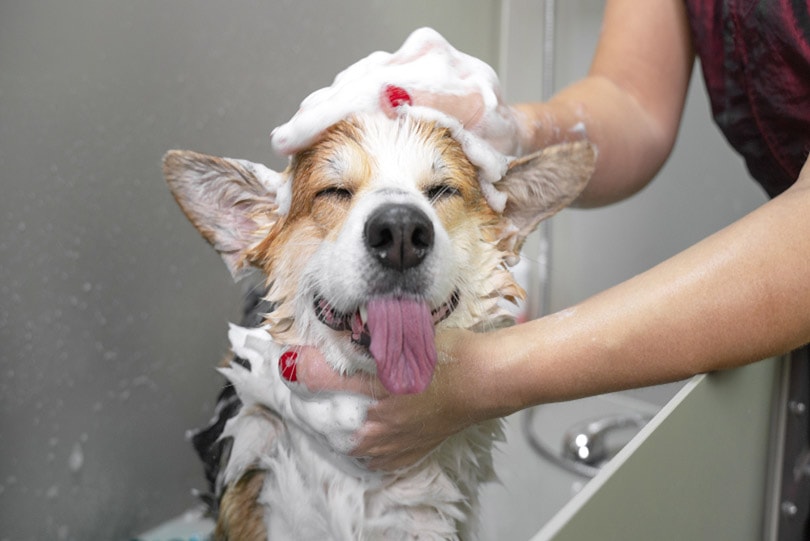
Corgis are nothing short of royalty—befriending the castle’s Queen and other family members. Corgis are classically friendly pooches—with their distinguished past and cheerful demeanor. These dogs are quite a spectacle, and it’s no wonder they are a family favorite for people of any class and lifestyle.
But what kind of grooming needs does the Corgi have? Do they need frequent trips to the groomer to get extensively fancy haircuts? The answer is no! They don’t need any special upkeep, but let’s learn more about their grooming needs and care.
 Grooming for Corgis
Grooming for Corgis
Corgis have medium-length, double coats that require regular grooming. As with most other dogs, they should have an entire grooming session about once every four to eight weeks. During some points, it would be more upkeep than others.
Because they are double-coated, they have two layers of fur that go through the seasonal shed. These bulk seasons (typically as seasons change from cold to warm and warm to cold) can be hard to manage.
However, with regular brushing, you can significantly reduce the amount of shed. It might be good to have a few supplies on hand.
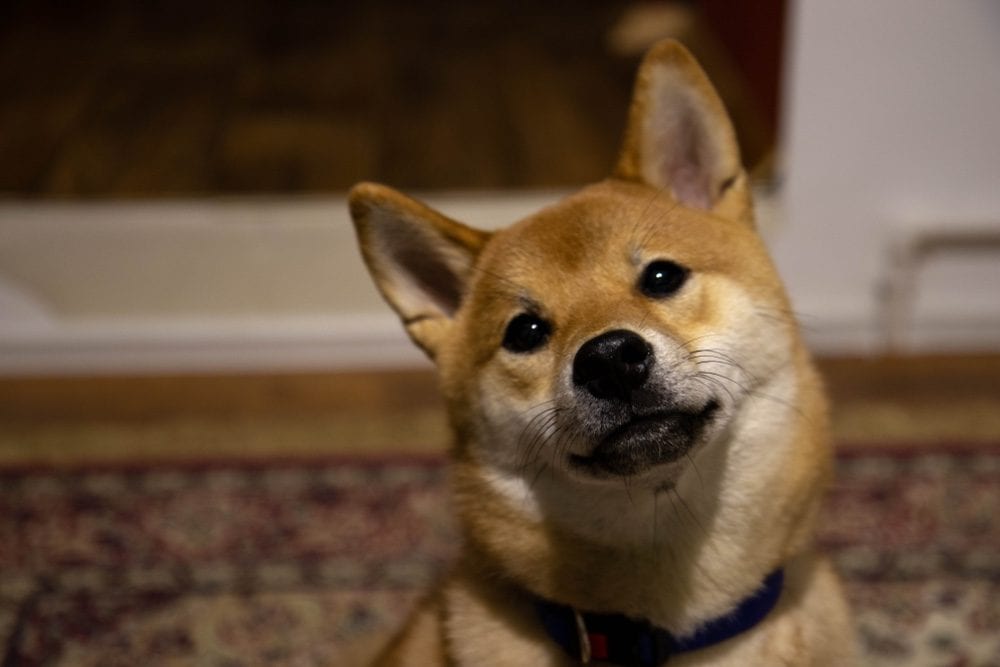
Grooming Tools for Corgis
So you might wonder, what are the best tools to use for routine and advanced care? There are several on the market to choose from, but we will explain the purpose of each.
In addition to cosmetic upkeep, brushing promotes healthy blood circulation and strengthens the bond between the doggy and the owner. So, don’t be afraid to carve out time for a good grooming session every few days.
Deshedding Tools
Deshedding tools can be problematic for a few reasons. The entire design of this tool is built to get rid of the dead layers of the undercoat. However, the tool can’t distinguish between a healthy undercoat and dead fur.
Also, because there are blades built in the design, it can cause skin breakage, irritation, and coat damage. Deshedding tools can be helpful during peak shedding season, but you should avoid using them otherwise.
Also, if you feel uncomfortable or are a novice groomer, you should steer clear of this tool until you feel confident using it. There are tons of online tutorials to help you—but don’t go into it blindly.
If you use this tool as directed, it will help you battle the shed with your pup—and get rid of a lot of headaches around the home.
- Combats seasonal shed
- Readily available
- Can cause irritation
- Might decrease coat health
- Not for everyday use
Slicker Brushes
Slicker brushes are most likely what you will use on your Corgi most of the time. They are perfect for daily use and typically have innovative designs to release the trapped hair.
Most slicker brushes are very elementary to use. You simply brush your Corgi as needed and empty the contents. Many of them have a button on top or near the side that releases the trap, and you can unload it directly into the trash.
These brushes don’t irritate the skin or have any sharp parts. These tools are perfect for thick-coated dogs like Corgis, and we really think you should have one on hand—they’re a lifesaver!
- Traps hair
- Easy release
- Great for everyday use
- Not all are created with equal quality
Bristle Brushes
Bristle brushes are those that have soft hairs or synthetic fibers to distribute oils evenly and keep the fur in good shape. It isn’t the best for detangling, so you will need a slicker brush on hand for the tough knots.
These are terrific to get your Corgi nice and shiny in between baths. It takes the natural oils from their fur that protect the skin and keeps the coat shiny—evenly spacing it throughout the strands of fur.
Typically, you can find a bristle brush at virtually any store or online. These are for maintenance only in between baths—but you’ll need something a little more aggressive for high shed and grooming sessions.
So, while it’s handy, it’s not a one-stop shop.
- Evenly distributes oils
- Smooths fur
- Gentle
- Not for major tangles
Combs
Combs are tools you might not use frequently, but they can work well for hard-to-reach areas, like the crook of the limbs, around the ears, or by the base of the tail. Plus, if you’re giving your Corgi an even “trim” for aesthetics, combs can help keep the follicles even.
Combs can also target tough mats and tangles. While some might require being cut out if the mat is too bad, you might be able to loosen the tangles with a comb. Combs thin out and efficiently remove these knots to smooth the fur, targeting one specific area.
Thankfully, your Corgi shouldn’t get too many tangles with regular upkeep. So, while a comb is handy, it’s not always necessary.
- Removes tangles
- Gets hard-to-reach areas
- Keeps fur even for small trims
- Not always needed
Can You Cut Your Corgis Fur?
We know. It’s bulk shed season and you are looking for any way to combat the never-ending tufts of hair. So, can you shave your Corgi to make life a little easier?
You can always perform a quick trim, just cleaning up the appearance overall. Some groomers will give your Corgi a nice, even trim along the body and face to perfect the look—just like your hairdresser can do.
Some Corgis can have fluffy little feet, and while that’s cute, it’s impractical on slippery surfaces! Trimming hair along the paws might also be necessary to promote traction.
Sanitary trims around the private areas can also help keep your Corgi clean when they do their business.
Otherwise, it would be best if you never trimmed or shaved your Corgi. Leave their lovely coats to protect your pooch as they were bred to—without the need for major cuts that disrupt the natural hair growth/loss cycles.
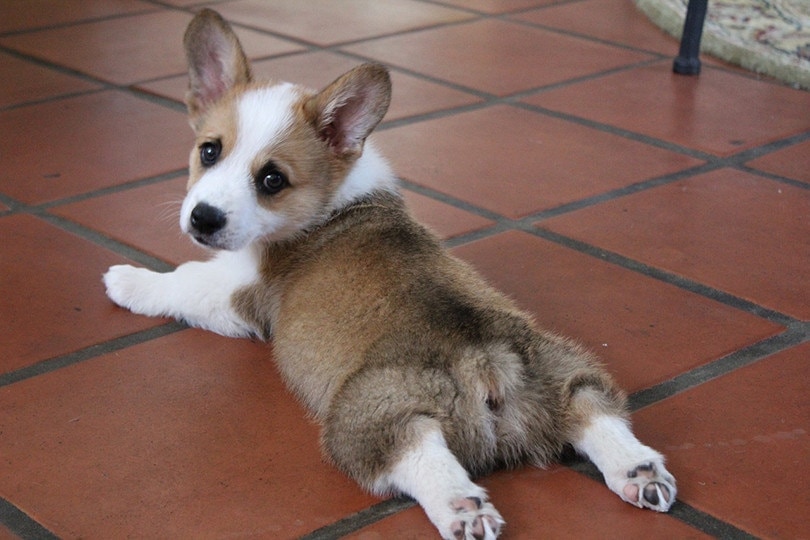
Reasons Not to Shave Your Corgi
We understand the annoyance of dealing with abundant hair all over your home. But realistically, you should never shave your Corgi—and it’s unnecessary to trim their fur at all. Here are some reasons why that is.
Poor Temperature Regulation
You might even think that shaving your Corgi would cool them down in the summertime. But the cool thing is, we don’t have to interfere for our Corgis to regulate their body heat. Their coats are designed by nature to combat the hottest summers and coldest winters.
If you shave your Corgi in the middle of the hot season, it might quickly grow back—or it might take a much longer time than you thought—now you have a naked Corgi in the winter when they need their double coat the most!
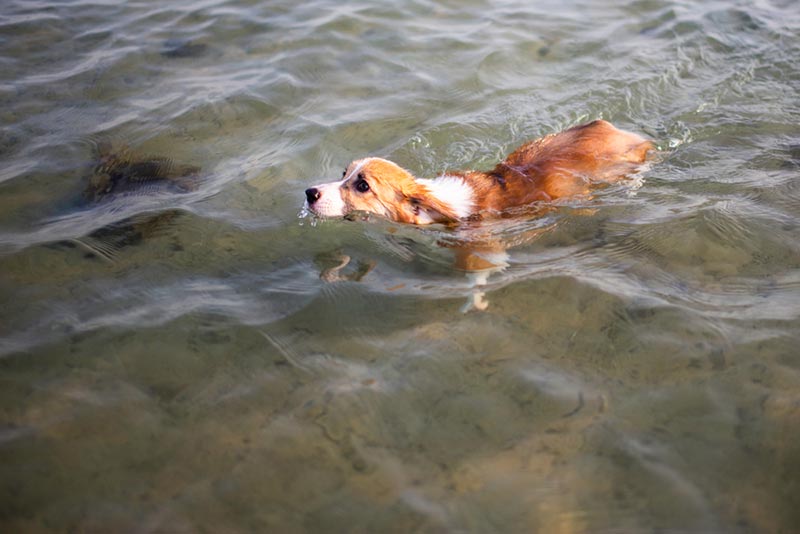
Uneven Regrowth
In addition to not being able to regulate their body temperature with short or shaved hair properly, it also makes the regrowth process a gamble. It might evenly grow back, or not.
Your Corgi’s fur has a dense wooly layer covered by another finer layer. But when hair regrows, it can cause a puffy appearance due to the under and overcoat interfering with the other.
UV Ray Exposure
What you think is helpful might actually cause your pup to get a sunburn. If you cut their hair during summer months, it leaves fragile, virgin skin out in the open, directly exposed to light it isn’t designed to take on.
It might surprise you to think about your Corgi getting a sunburn—but it’s entirely possible and also quite dangerous.
 Final Thoughts
Final Thoughts
Your Corgi comes with an inbuilt system to release and acquire more hair as the season beckons. We know it can be challenging to deal with high shed months, but shaving or cutting hair can lead to worse problems.
To keep up proper coat care, buy a grooming kit or a collection of brushes and combs to keep your Corgi’s coat fresh, shiny, and low-shedding. Your carpets and clothes will thank you for routine upkeep!
Featured Image Credit: Masarik, Shutterstock
 Grooming for Corgis
Grooming for Corgis

